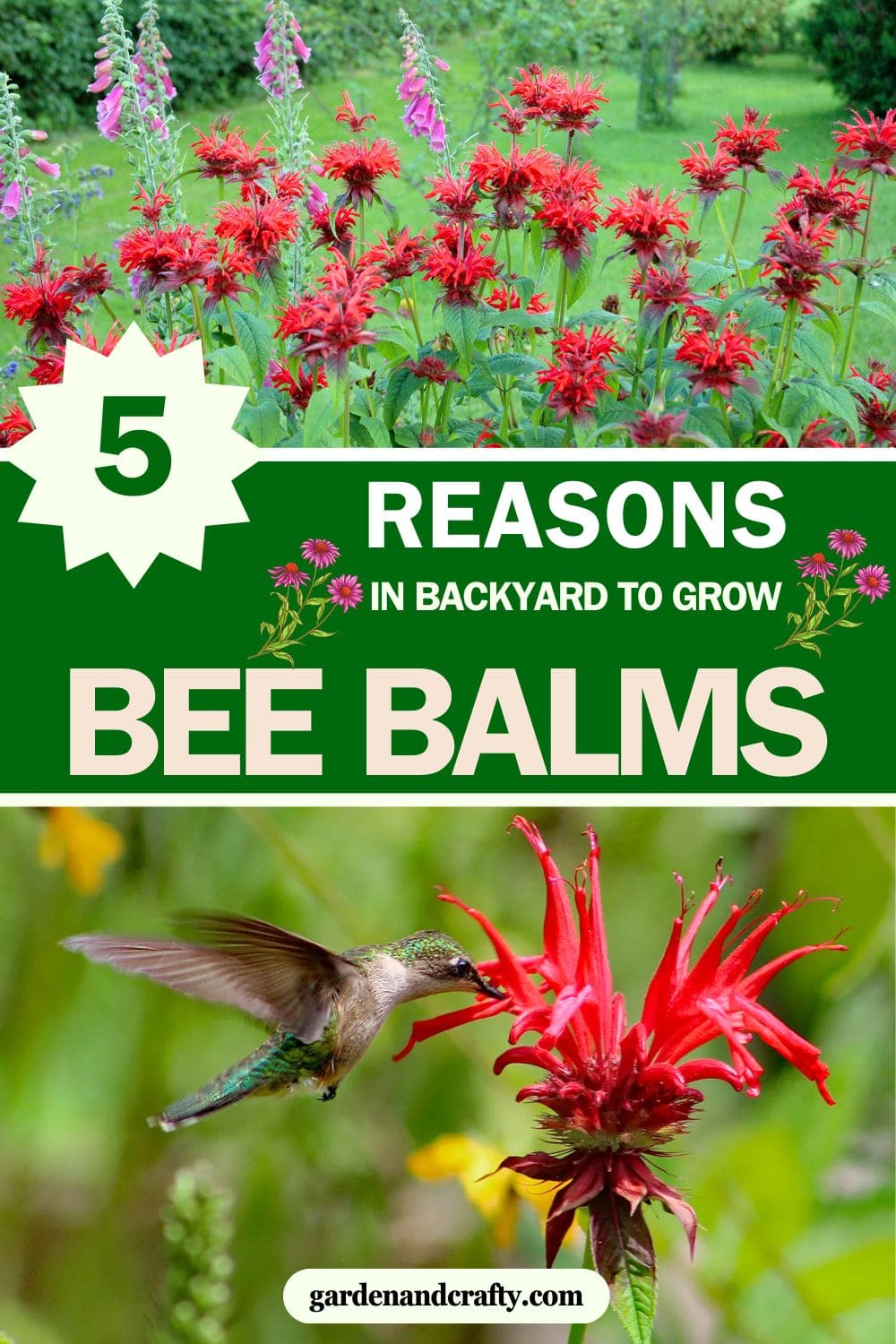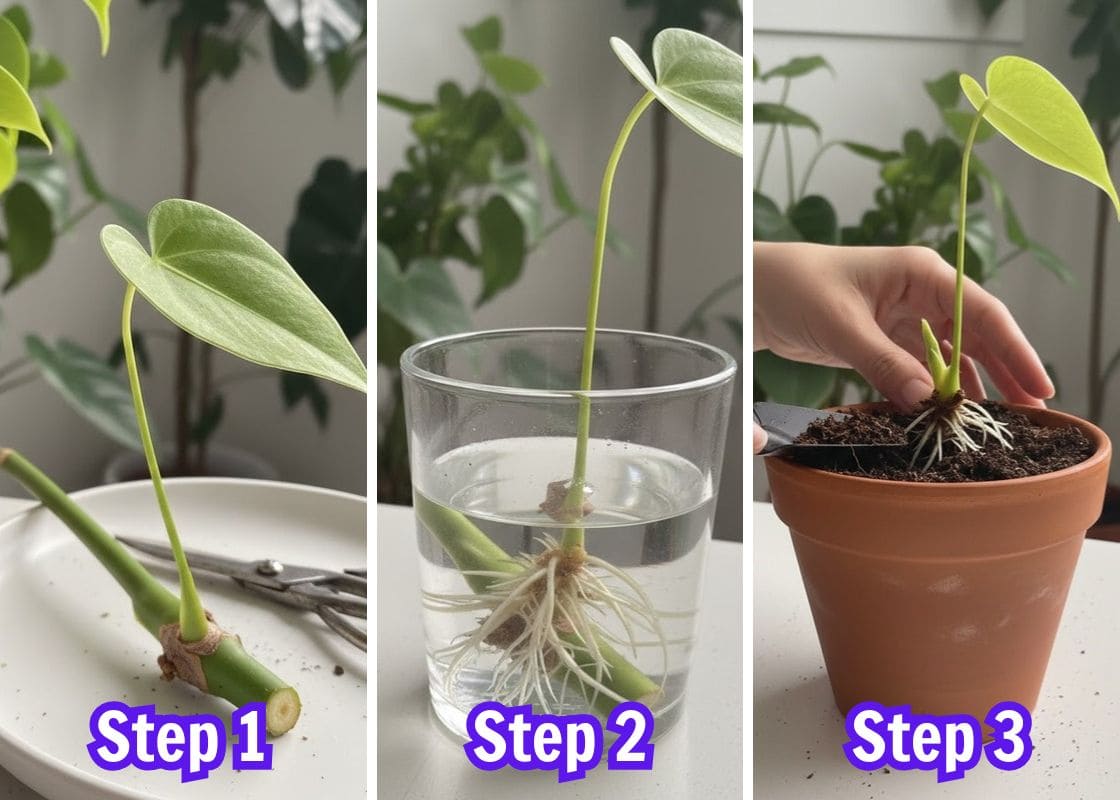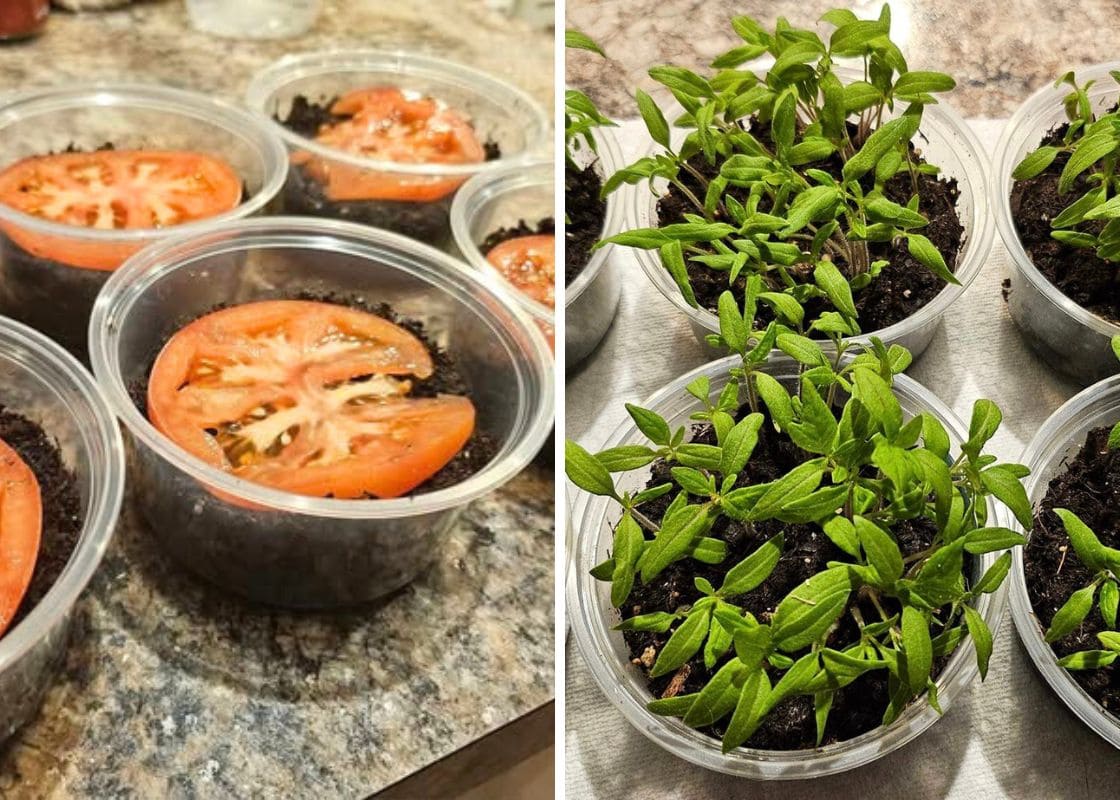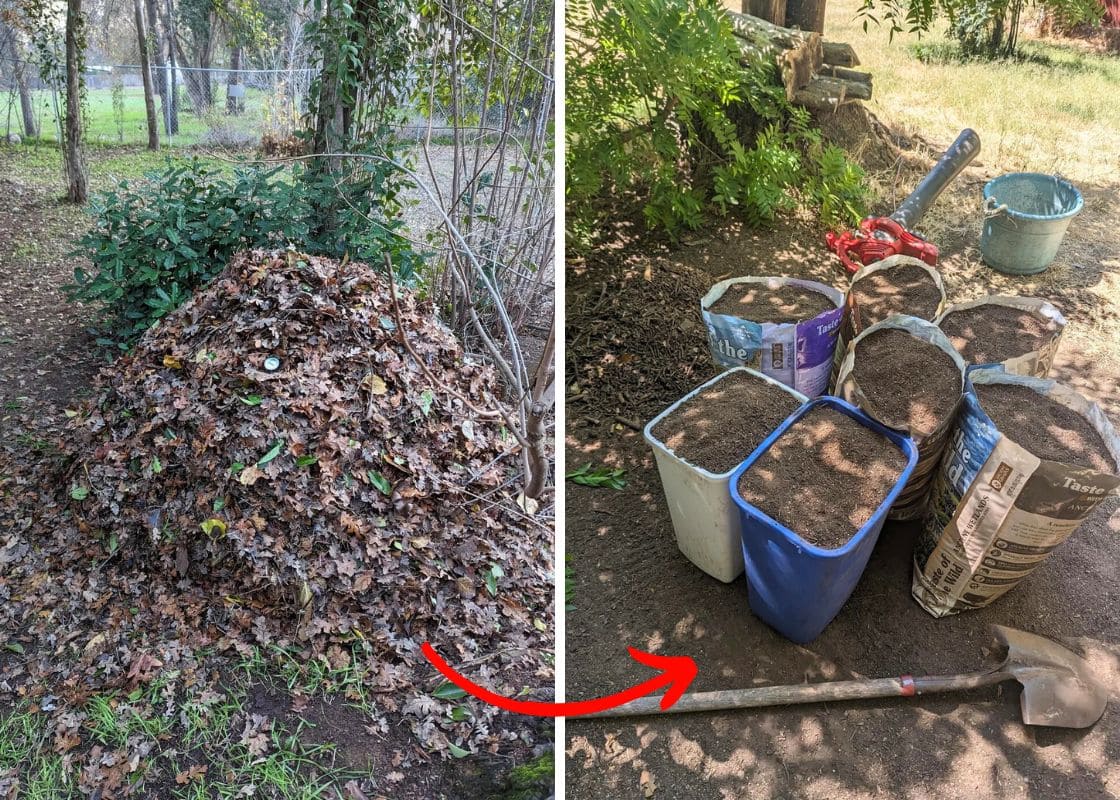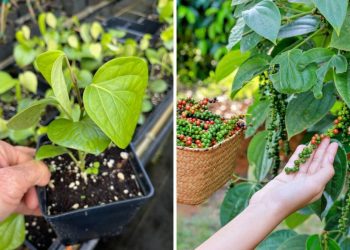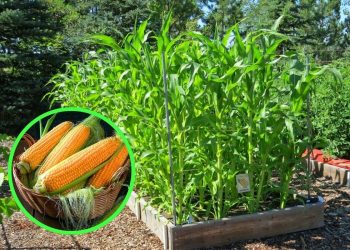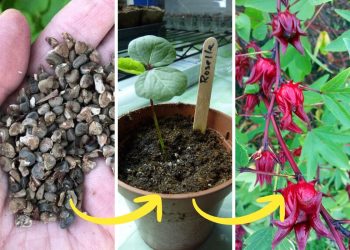Bee balm isn’t just a feast for the eyes and nose; it’s a powerhouse for your backyard.
This stunning plant, known for its brilliant reds, pinks, and purples, attracts bees, butterflies, and hummingbirds, bringing life and color to your garden.
In addition, there are so many other benefits of bee balms that encourage us to grow this plant in our backyard.
| Scientific name | Monarda spp. |
| Common name | Bee Balm, Oswego Tea, Horsemint |
| Plant type | Herbaceous perennial |
| Height | 2-4 feet |
| Bloom time | Summer (June to September) |
| Flower color | Red, pink, lavender, white |
| Sun exposure | Full sun to partial shade |
| Soil type | Soil type |
| USDA Hardiness Zones | 4-9 |
| Native range | North America |
Benefits of Bee Balm
The Beauty of Bee Balms
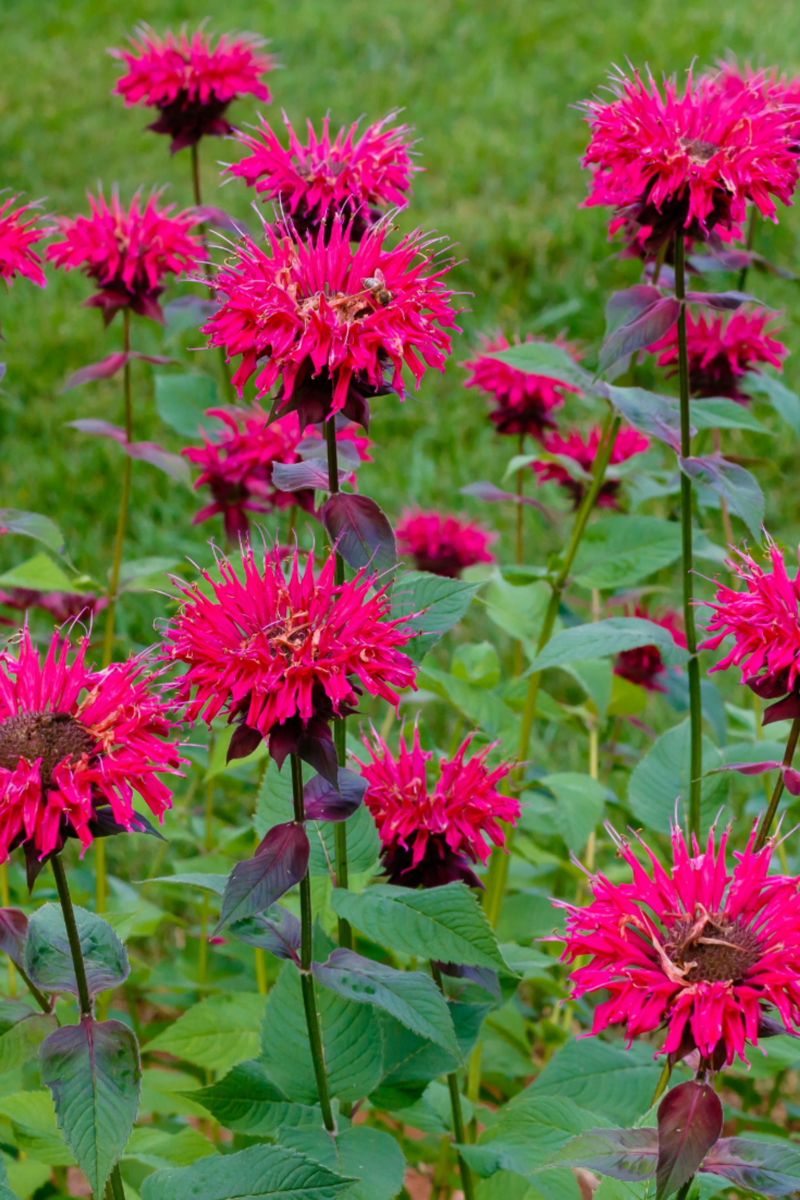
The vibrant colors of bee balms, ranging from red to purple, can make any backyard look like a scene from a fairy tale.
Plus, they bloom for a long time, giving you a show that lasts all summer.
It will be great if you sip your morning coffee while gazing at these beauties.
A Haven for Pollinators
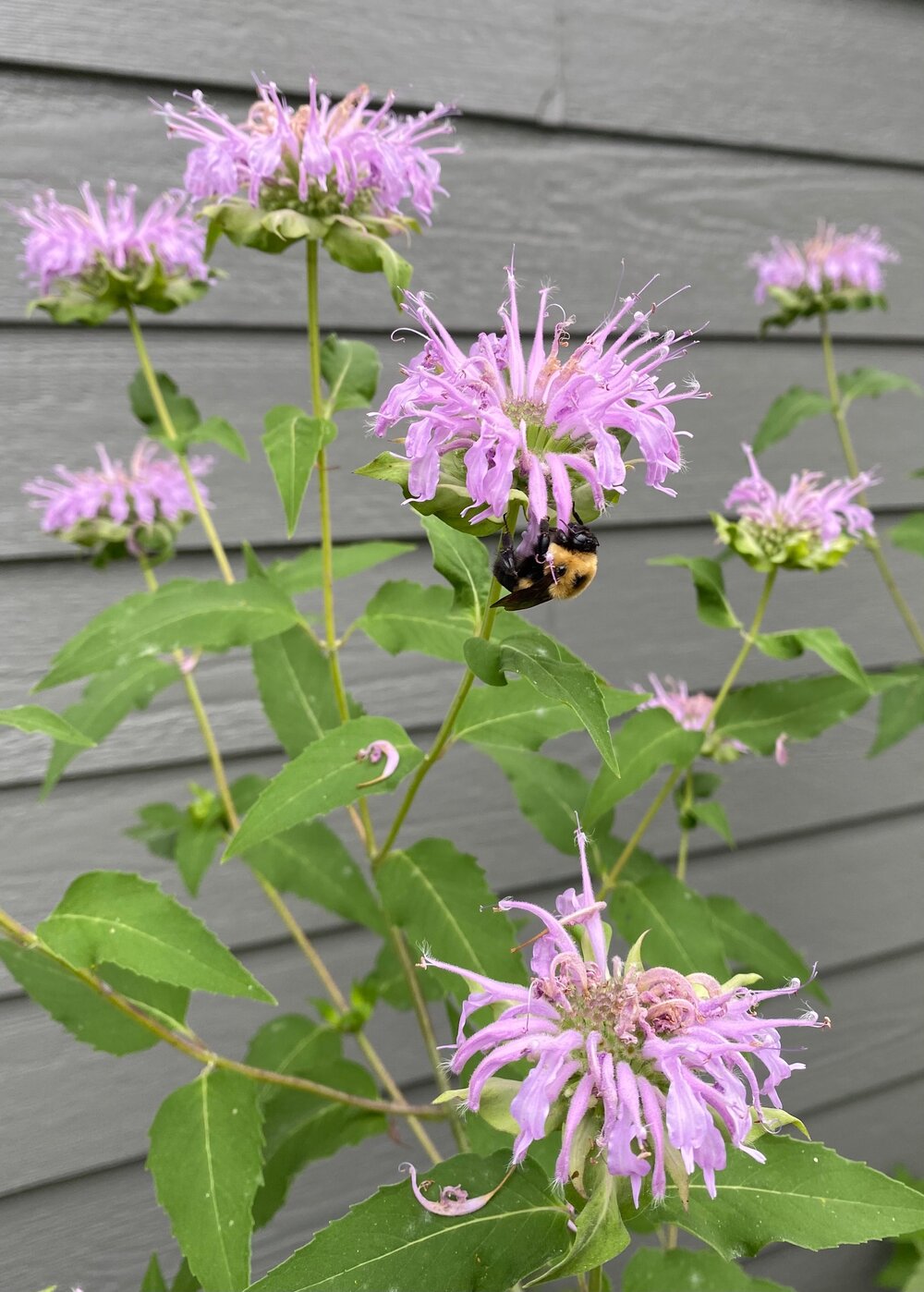
These plants are a magnet for pollinators, providing them with a rich source of nectar.
Plus, did you know many gardeners plant these perennials to protect their garden from rabbits?
Natural Pest Repellent
One of the coolest things about bee balm is its ability to repel pests.
The plant has a strong scent that keeps unwanted bugs at bay while still being pleasant to us humans.
So, you get to enjoy a pest-free garden without resorting to harsh chemicals.
Low-Maintenance Marvel
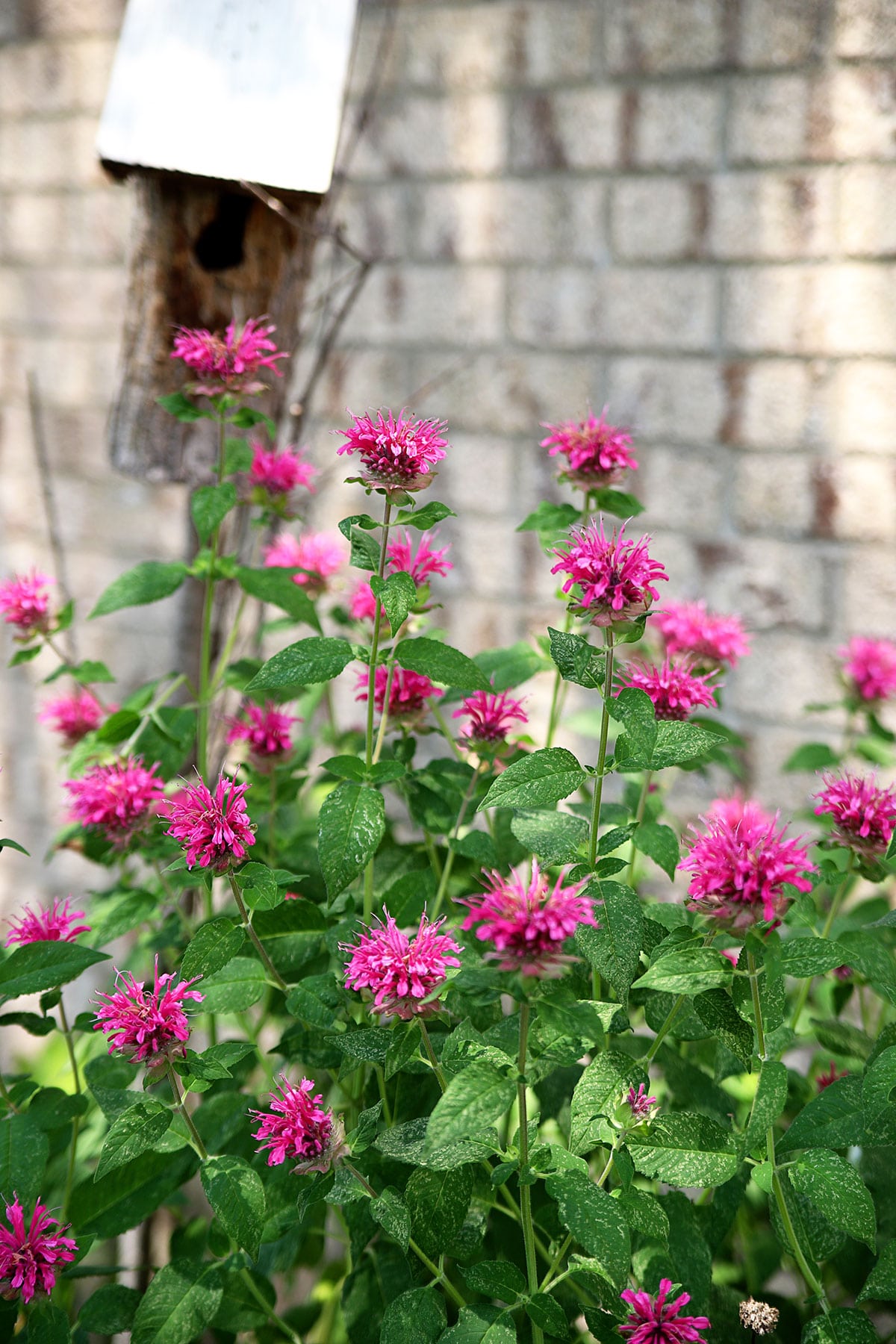
Bee balm doesn’t need much to thrive – just some sunlight and well-drained soil. Once it’s established, it pretty much takes care of itself.
You don’t have to be a gardening expert to keep this plant happy. Just plant it, water it, and let it do its thing.
Culinary and Medicinal Marvels
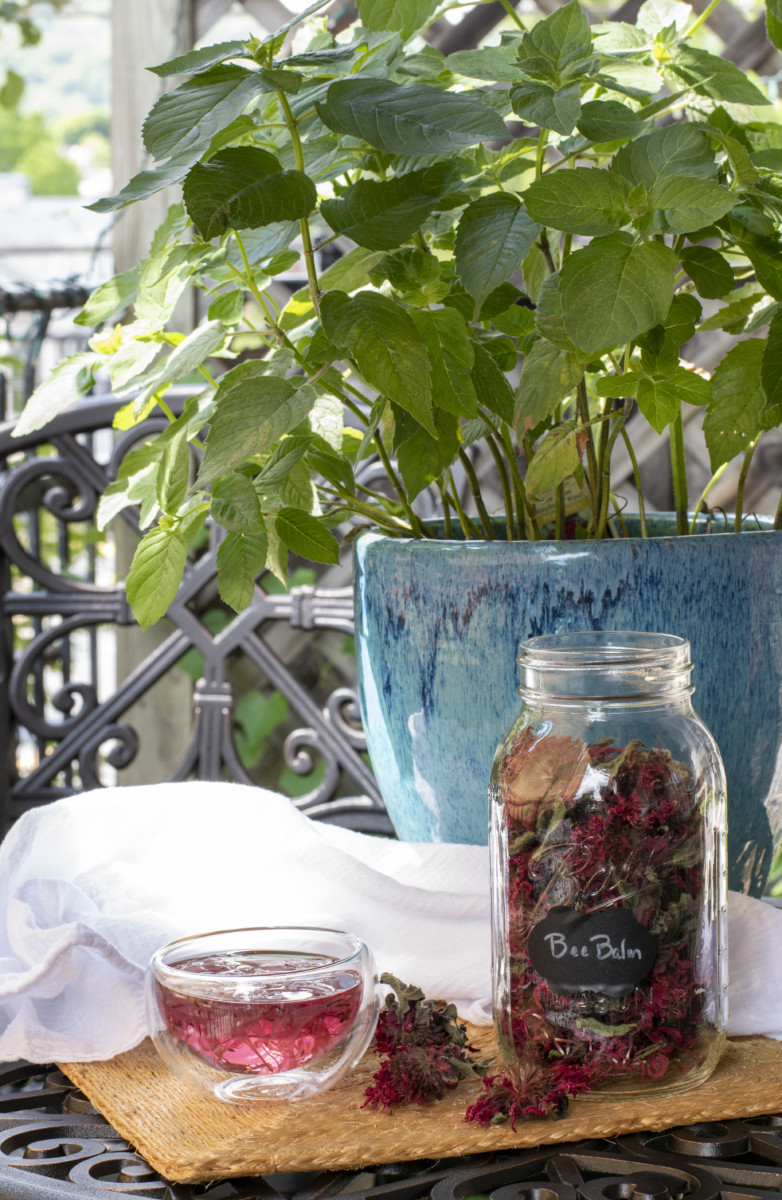
You can use its leaves and flowers in teas, salads, and even as a garnish for cocktails.
Historically, it was used as a substitute for tea during the American Revolutionary War.
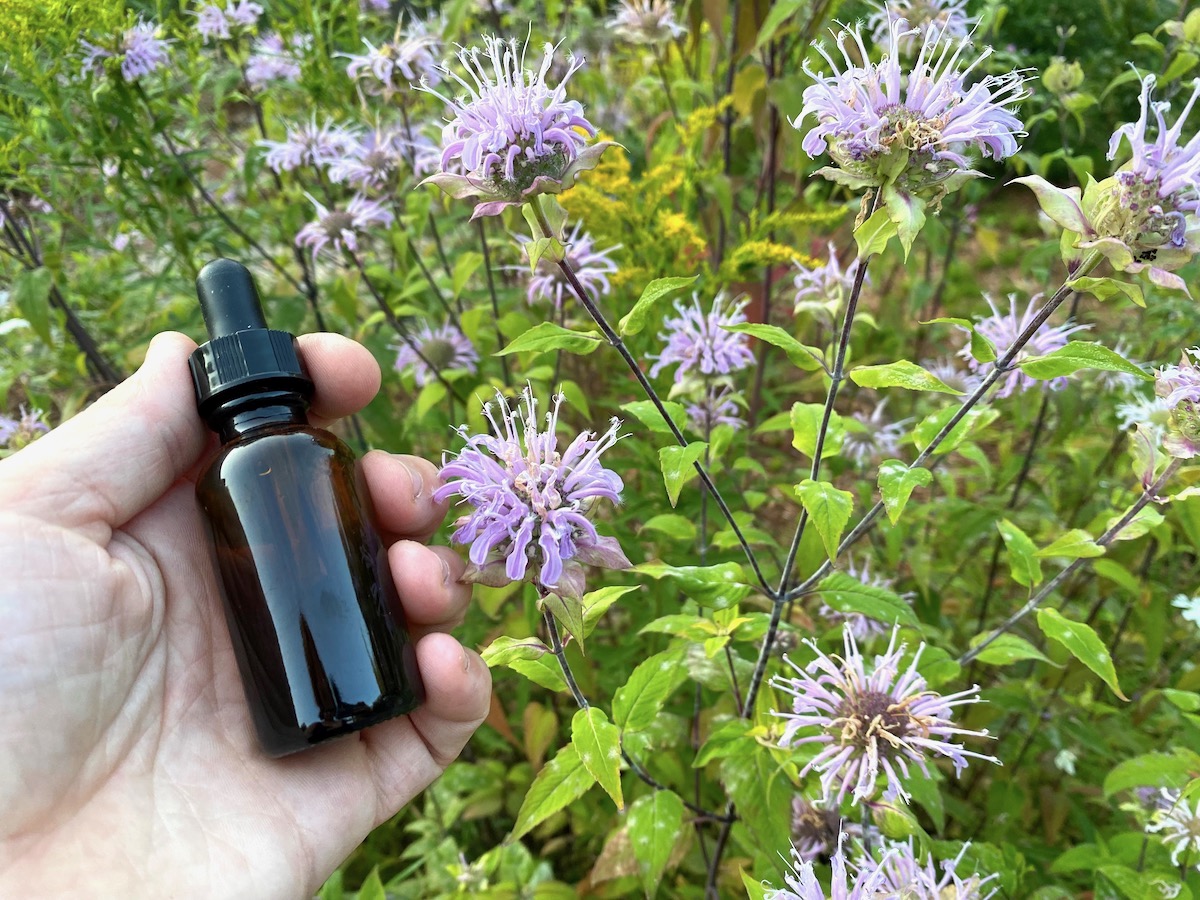
On the medicinal side, bee balm has antibacterial and antifungal properties. Got a sore throat or a minor cut? Bee balm has got you covered.
A Step-by-Step Guide on How to Grow Bee Balm
Step 1: Preparation
First things first, you need to pick the perfect spot for your bee balm. These plants love the sun, so find a sunny spot in your garden.
If you have a spot that gets a bit of shade, that’s okay too. Bee balms are pretty flexible.
Next, let’s talk soil. Bee balms aren’t too picky, but they do best in rich, moist soil.
If your soil is on the poor side, don’t worry. Just mix in some compost to give it a boost.
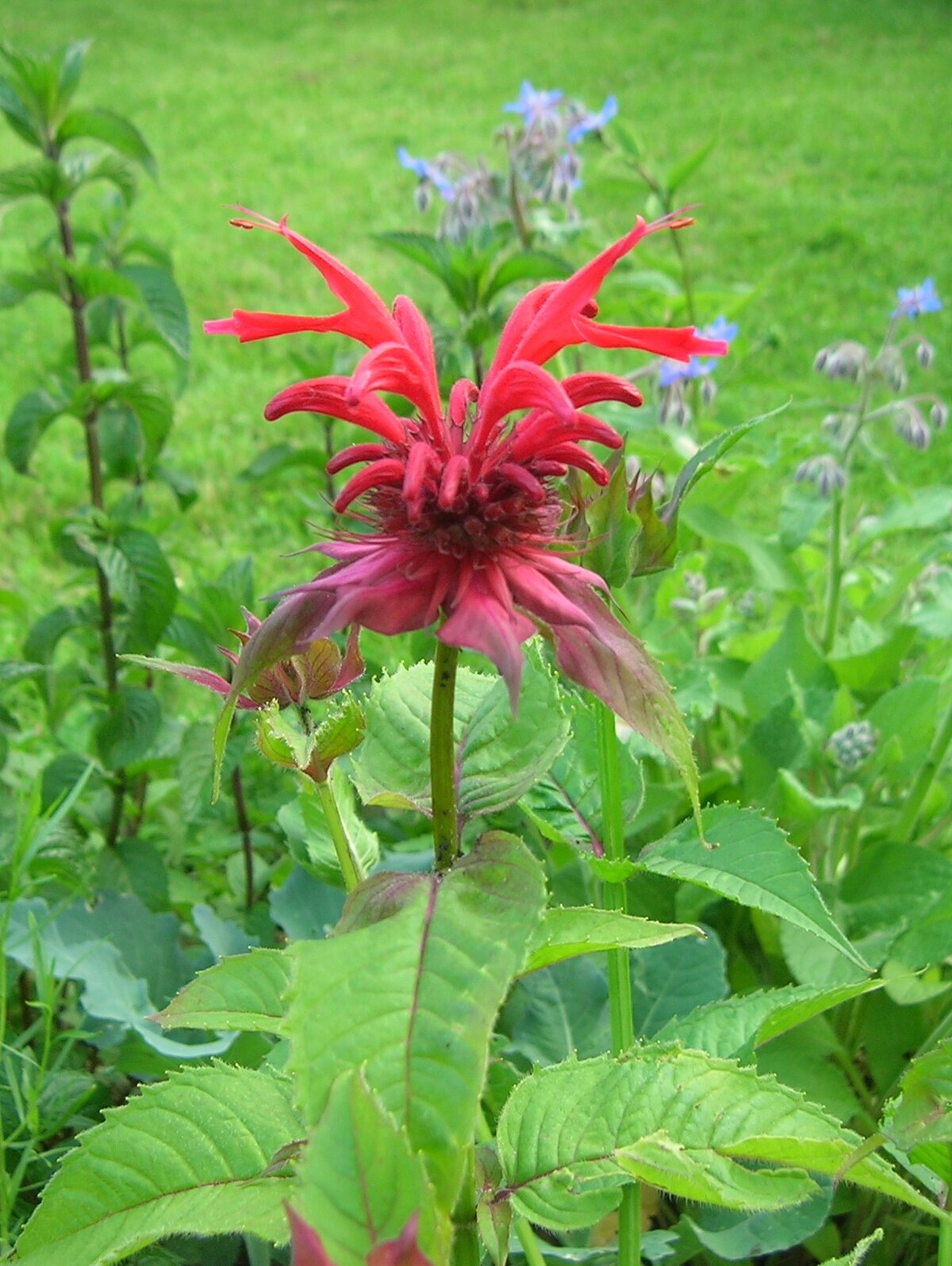
And finally, there are plenty to pick from, so go with what catches your eye.
Some popular choices are Monarda didyma and Monarda fistulosa.
Step 2: Planting Bee Balms from Seeds

The best time to plant bee balm seeds is in the spring after the last frost. Just sprinkle the seeds on the soil surface and lightly press them down.
You don’t need to cover them with soil. Keep the soil moist, and in about 10-14 days, you should see some sprouts.
Step 3: Caring for Bee Balms
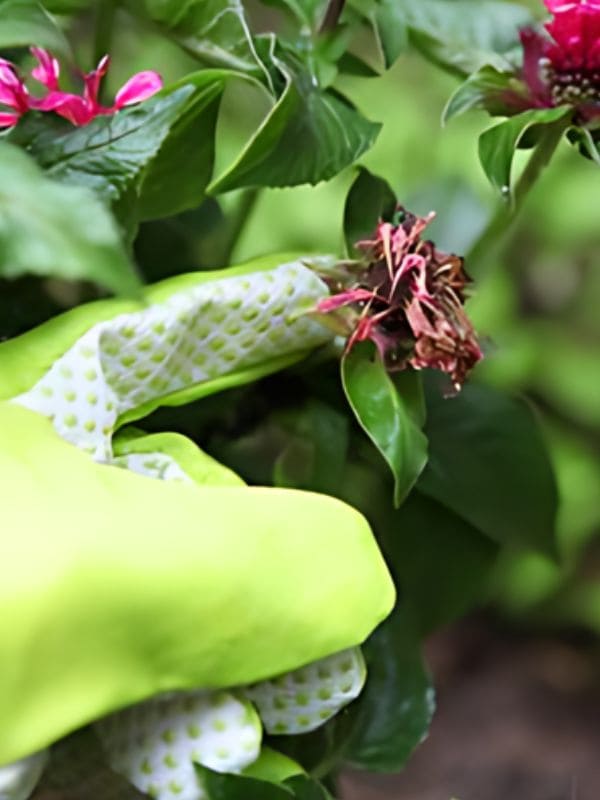
Once your bee balms are growing, they don’t need much fuss. Water them regularly, but be careful not to overdo it.
You should water at the base of the plant to avoid getting the leaves wet, as bee balms can be prone to powdery mildew.
Also, deadhead the spent blooms to encourage more flowers, and if the plants get too tall or leggy, give them a little trim to keep them looking neat.
Step 4: Enjoy Your Bee Balms
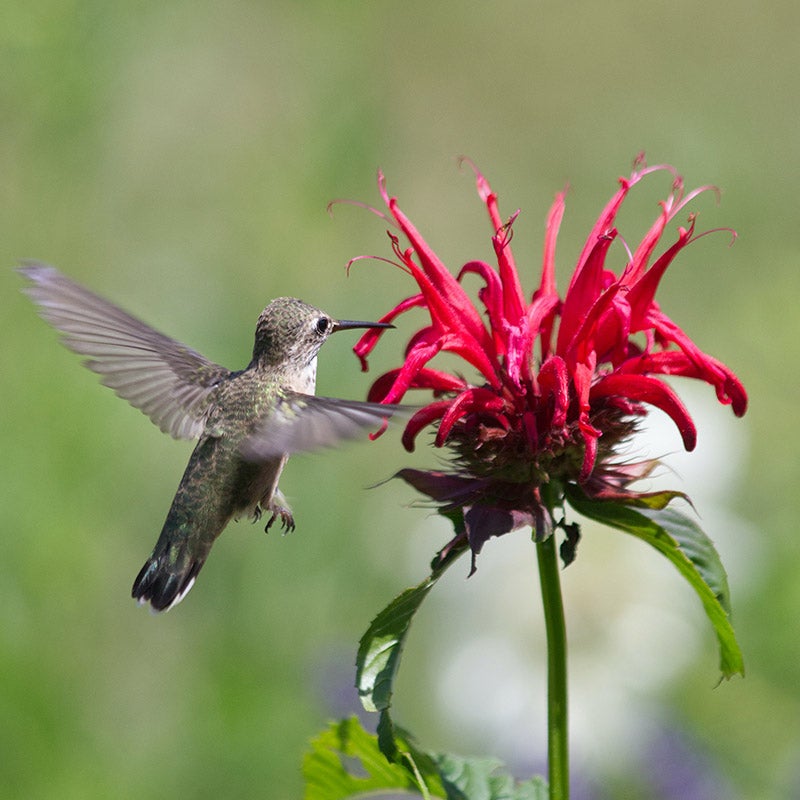
Bees, butterflies, and hummingbirds love bee balms, so your garden will be buzzing with life.
Plus, you can snip some flowers for a lovely bouquet or dry the leaves for a refreshing tea.
